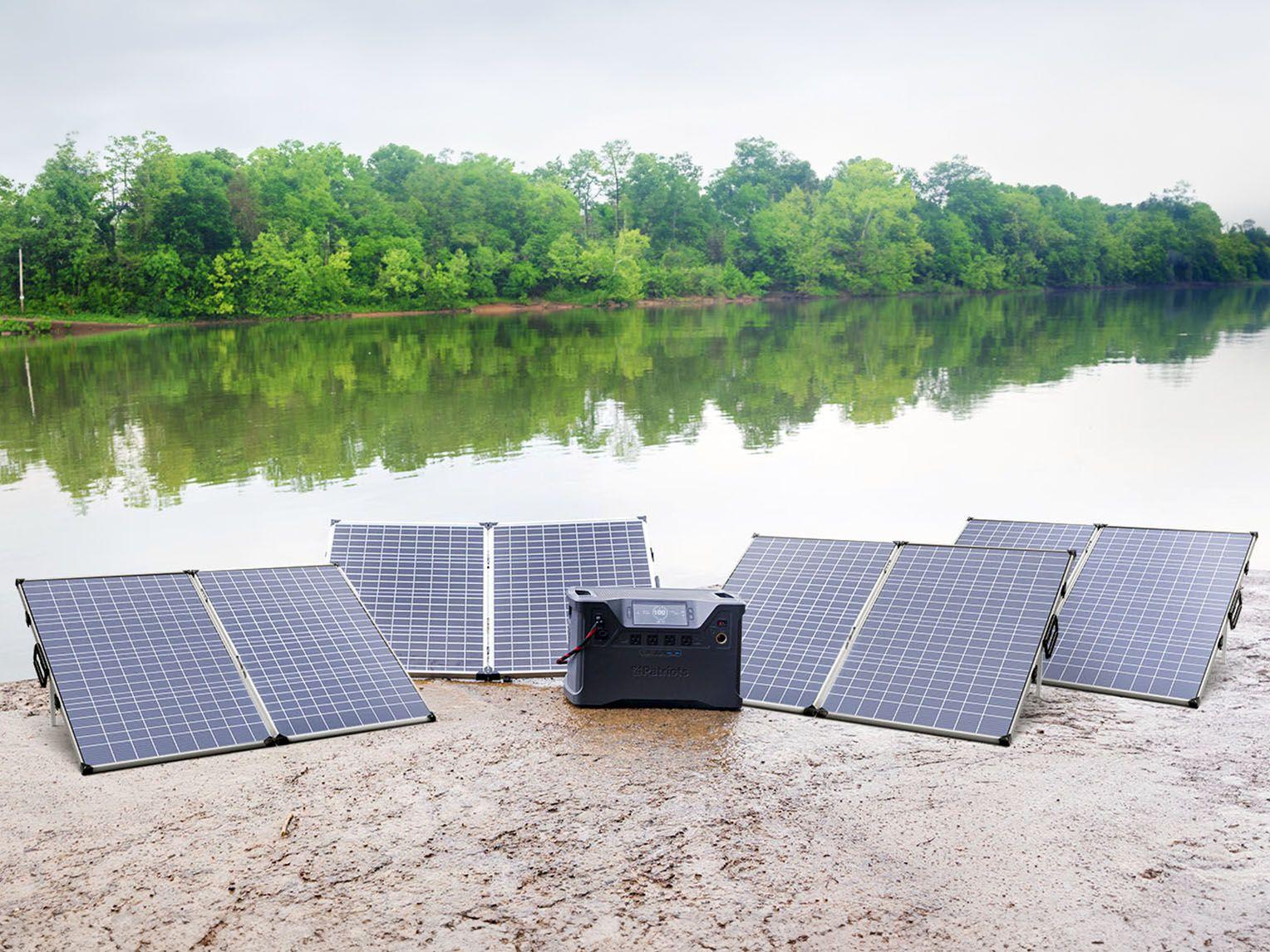How Exactly Does Solar Power Work?

If someone asked you what solar power is and how it works, would you know how to answer them?
I think most of us would probably be able to respond by saying that it involves the sun’s rays delivering heat. And that photovoltaic (PV) cells convert that heat into energy.
We know that energy produced by the sun can be used to power up a variety of electronic devices. For some of us, that’s where our basic knowledge of the subject ends.
Of course, there’s much more to it. Today I want to probe a little deeper into solar power. As well as how we use this free energy to limit our reliance on expensive forms of energy.
A power plant in the sky
When many of us hear the phrase “solar power,” we first think of solar panels.
We see them on top of houses and businesses. As well as in large fields dedicated to this purpose.
Using solar panels to create electricity in our homes is a great way to become more self-sufficient. And to save money and preserve the environment.


Old Sol has enough energy to power all our needs. It won’t run out. Well, at least not for another 5 billion years or so. And it doesn’t give off carbon dioxide emissions.
PV cells get electrons flowing
The key is figuring out how to harness that energy. And turn it into the electrical power we need to run our world.
Rays coming from the sun take about eight minutes to arrive here from that ball of fire some 93 million miles away. They provide heat we can feel on our skin on a sunny day. But we need certain materials to convert that energy into electricity.
Enter solar panels, which are made up of PV cells. These cells are typically made from silicon, which is a semiconductor. The bonds of a crystal – located between silicon atoms – consist of electrons shared between all the crystal’s atoms.
When the sun’s rays start becoming absorbed, electrons in the bonds get “excited” to a higher energy level. Now set into motion, they move around more freely than when they were bound. And that’s what produces a flow of electric current.
Solar panels have multiple parts
After absorbing the sun’s energy, PV cells convert it to DC electricity. The solar inverter then converts DC electricity to AC electricity. That’s what’s used by most home appliances.
The electricity flowing through a home powers electronic devices. Excess electricity produced by solar panels is fed to the electric grid.
The typical solar panel contains a layer of silicon cells and a metal frame. Plus a glass casing offering durability and protection for the silicon PV cells. As well as wiring to allow current to flow from the cells.
There’s also a layer of insulation to keep the temperature in check. And a back sheet that protects against heat dissipation and humidity inside the panel. Plus a reflective coating that increases sunlight absorption.
Costs keep coming down
Silicon is not a metal. But it does have conductive properties allowing it to absorb and convert sunlight into electricity. Silicon solar cells are usually manufactured in one of two cell formations. They are monocrystalline or polycrystalline.
The difference is that monocrystalline cells consist of a single silicon crystal. Polycrystalline cells are made up of fragments or shards of silicon.
The mono format gives electrons more room to move around. This results in a higher efficiency of solar technology.
For a number of years, scientists’ enthusiasm about solar energy was tempered by high costs. But those costs have come down significantly over the past 10 years or so.


Powering a generator
The large solar panels we see on rooftops are only part of the equation.
Smaller solar panels – which can be used individually or by daisy-chaining them – can also be used to power specific electronic items. Including generators.
Smaller solar panels generate less electricity. But they are sufficient for a number of tasks. Assuming they receive the sunlight they need. And that the cells within them are efficient.
For example, if a 100-watt solar panel receives unobstructed sunshine during afternoon hours for just one hour, it should generate 100 watt-hours of electricity.
That same panel will produce less electricity in the morning and early evenings when the sun is lower in the sky.
However, you can maximize the electricity it will produce during those times by angling it toward the sun. And by making sure there is no shade on the panel. Shade on one cell can negatively affect the efficiency of other cells.
Backup power is essential
I hope this information has been useful. And that you’ll put solar power into practice if you’re not already doing so.
One way to celebrate Earth Day – even the day after – is by acquiring a generator that uses the cleanest and most abundant renewable energy source available. Such as the Patriot Power Sidekick.
Weighing only eight pounds, it will power up your critical devices in a blackout. And allow you to stay connected to family, important news and first responders. It’s fume-free, silent and safe. And it includes a solar panel.
We all need backup power. An endless parade of extreme weather events has shown us how crucial it is in today’s world.
Solar Generators & Power Stations
References:
- All testimonials in this advertisement are from real people; sometimes names and photos have been changed to protect their privacy and some were given free products in exchange for their honest feedback. Testimonials represent exceptional results, don't apply to the average purchaser and are not intended to guarantee that anyone will achieve the same results. The organizations, publications and people referenced on this site are not affiliated with 4Patriots. They have not endorsed, sponsored or recommended this product; no affiliation or endorsement is claimed. Terms & conditions apply. Cade Courtley is a former Navy SEAL and Platoon Commander who served 9 years of active duty and has been compensated by 4Patriots for his hard work in helping us test and endorse this product. Cade Courtley is a former Navy SEAL who served 9 years of active duty and has been compensated by 4Patriots for his hard work in helping us test and endorse products.
- U.S. Consumer Product Safety Commission. CPSC Releases New Report on Carbon Monoxide (CO) Fatalities, Urges Generator Safety in New PSA. August 2022.
- Peak output for the Patriot Power Generator increased from 3,048 W (1800 model) to 4,000 W (2000X model). Continuous output is 1,800 W and 2,000 W, respectively. Storage capacity for DC devices increased from 768 Wh (1800 model) to 1536 Wh (2000 model).
- Refrigerators, freezers and similar appliances maintain a safe temperature by running on cycles. The CDC recommendation is to keep temperature below 40°F and above 32°F. If starting with a cold appliance, running backup power to your fridge for 1 hour will maintain temperature for about 4 hours. Usage conditions will impact this estimate (interior temp, exterior temp, appliance age & features, fridge contents, etc.). Click here for more tips on cycling your fridge or freezer.

